July 02, 2024
Pond Aeration Maintenance
Keeping your subsurface pond aeration system running smoothly
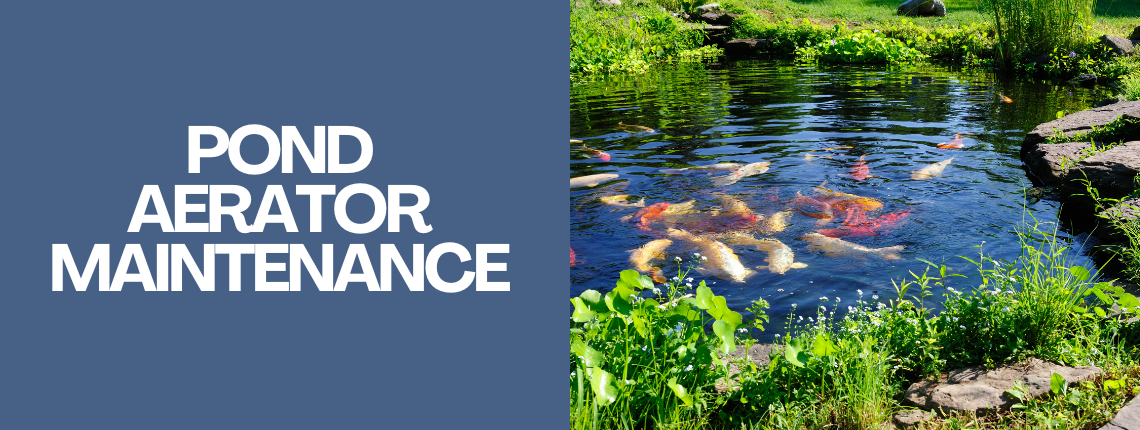
Managing a pond is no small task. There are many variables that can impact the ecosystem and the pond’s appearance. While mother nature is certainly in charge, adding a subsurface (bottom diffused) pond aeration system increases oxygen levels creating an environment for fish to thrive while improving water clarity. Maintaining the system to maximize results is the next challenge.
Pond Aeration Maintenance Steps:
*Although most of this information is relevant for rocking piston systems as well (often used for subsurface aeration of deeper ponds/ lakes) – the following focuses on linear diaphragm air pumps.
1. Check the air filter every 6 months. Clean/ replace as needed.
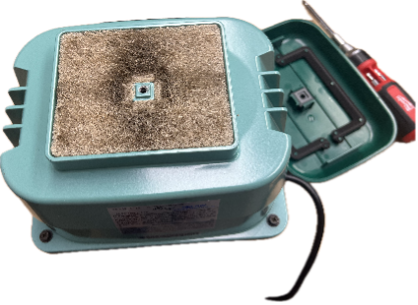
A dirty and clogged filter is detrimental to the air pump and can impact performance and longevity. If the filter isn’t too dirty, you can clean it with water or use compressed air to blow out the dust/ dirt. Remove any excess debris from the aluminum housing before replacing the filter. Generally, we suggest replacing the filter once per year. For the price, it’s worth it.
2. Measure and log the pressure and water depth of your system periodically
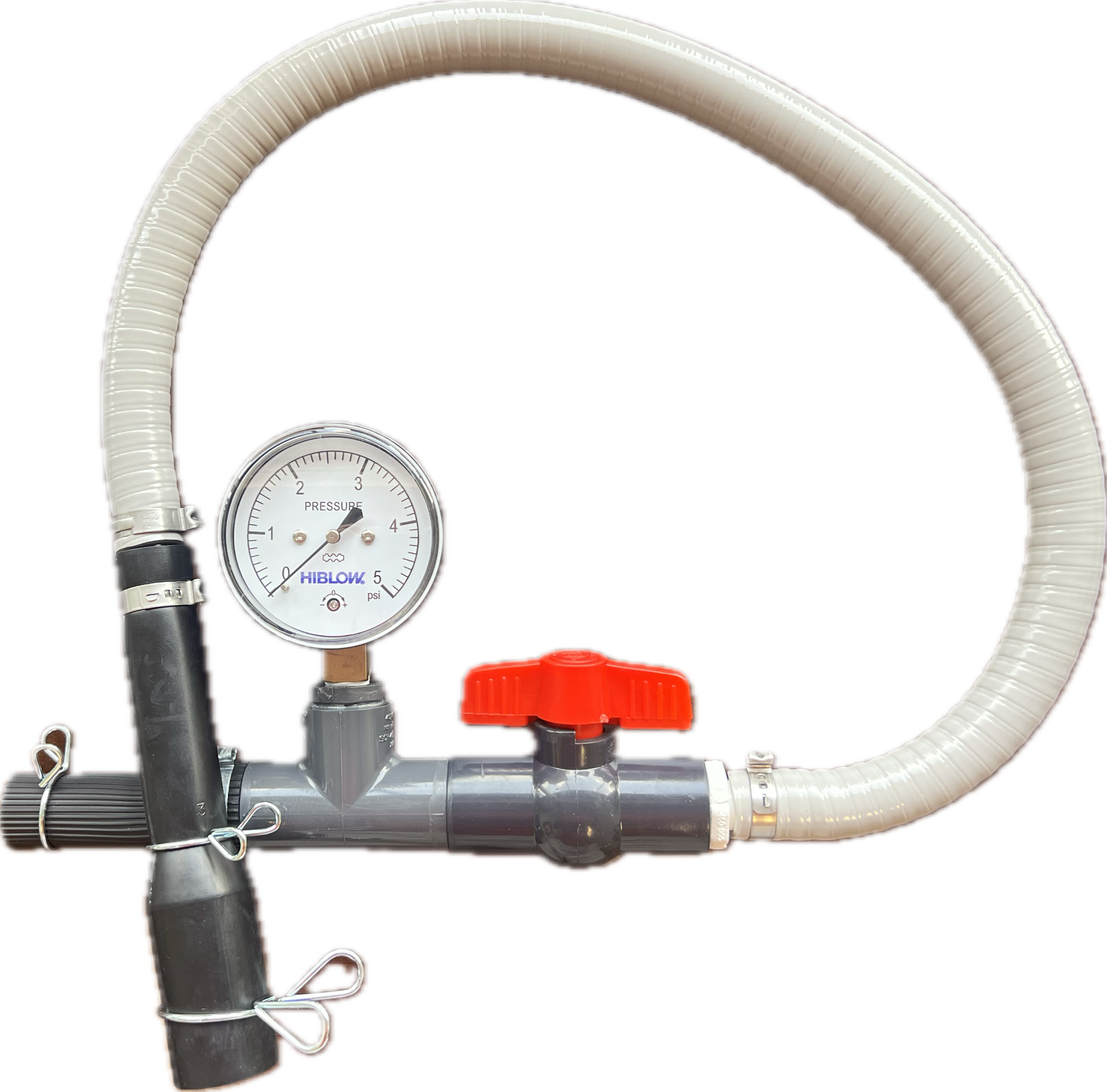
We suggest every 6 months at a minimum, but it may be beneficial to measure/ log quarterly, especially if your area experiences intense wet seasons or if you are running the pump intermittently.
If your system pressure is increasing, there are two common causes:
The diffuser is clogging.
Over time, biological growth can clog the pores of a diffuser. This is most common with fine bubble diffusers. Medium bubble diffusers do not clog as quickly or at all with enough air flow to “self-clean”. For more information on diffusers, check out our article: https://www.hiblow-usa.com/2021/05/03/pond-aeration-system-diffuser-options/
If you are running the pump on a timer or are using solar or wind to power your system, biological growth can accelerate because the pumps aren’t producing air flow continuously keeping the pores open.
The water depth of the pond has increased.
Simple calculation: 2.31 feet of depth is equal to 1 PSI. The depth of the deepest diffuser is what matters (if you have multiple diffusers). Comparing the depth of the deepest diffuser to your previous recording will allow you to determine if the increase in pressure is because of depth. If the math makes sense, move the diffuser to a shallower depth or if you own a HIBLOW adjustable height diffuser, raise the height of the diffuser accordingly. While logging the pressure each time, note the depth as well.
Example: An aeration system consisting of 3 diffusers was installed 6 months ago. The diffusers were placed at depths of 5’, 5’, and 6’. Remember, the deepest diffuser is all that matters for our water pressure estimate. Water pressure calculation: 6’/2.31= 2.6 PSI. The system uses medium bubble diffusers that add minimal back pressure and ½” ID tubing which adds little friction loss. The pressure gauge reading for total system pressure is 2.8 PSI.
After 6 months the pond owner takes a pressure reading of 4.8 PSI. They measure the depth at the deepest diffuser at 8’. Water pressure calculation: 8’/2.31 = 3.46 PSI. All things the same, we would infer that the total pressure should be ~3.66 PSI at 8’ depth. Since it is 1.2 PSI higher, it is possible the diffuser is clogging, or something else is going on in the system and it’s time to troubleshoot. If they had measured ~3.66 PSI and the depth was 8’, that math checks out and the increase in pressure is only due to water depth. Log the pressure reading/ depth and measure the pressure again in 3-6 months.
*HIBLOW suggests removing the pressure gauge each time after taking a reading. Leaving it in-line may wear it out quickly or provide inaccurate data.
3. Visually inspect the diffusers. Clean or replace wear components as needed

We suggest pulling up and visually checking the diffuser at least 1 time per year. Use water to clean the diffuser as needed. Fine bubble diffusers may need to be cleaned and/or replaced more frequently. Depending on the design and manufacturer, diffuser sticks, or rubber membranes are typically available for purchase and will likely need to be replaced eventually as they are considered wear components.
4. Balance the aeration system’s manifold if running multiple diffusers
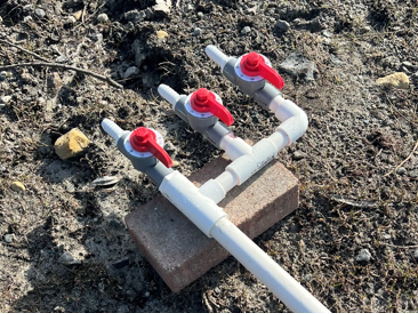
With erosion and other natural factors, depth in different areas of the pond can change over time. Diffusers can clog at different rates. The levers of the valves can move some. All these factors can impact the balance of the air flow. We recommend visually inspecting the bubbles produced from your diffusers at least once a quarter or adjust the valves when it’s noticeable in between. Failure to even out the flow can lead to a clogged diffuser which adds pressure and can ultimately kill the pond aerator. Most importantly, unbalanced flow may prevent the entire pond from mixing.
5. Inspect the enclosure and clean it as needed
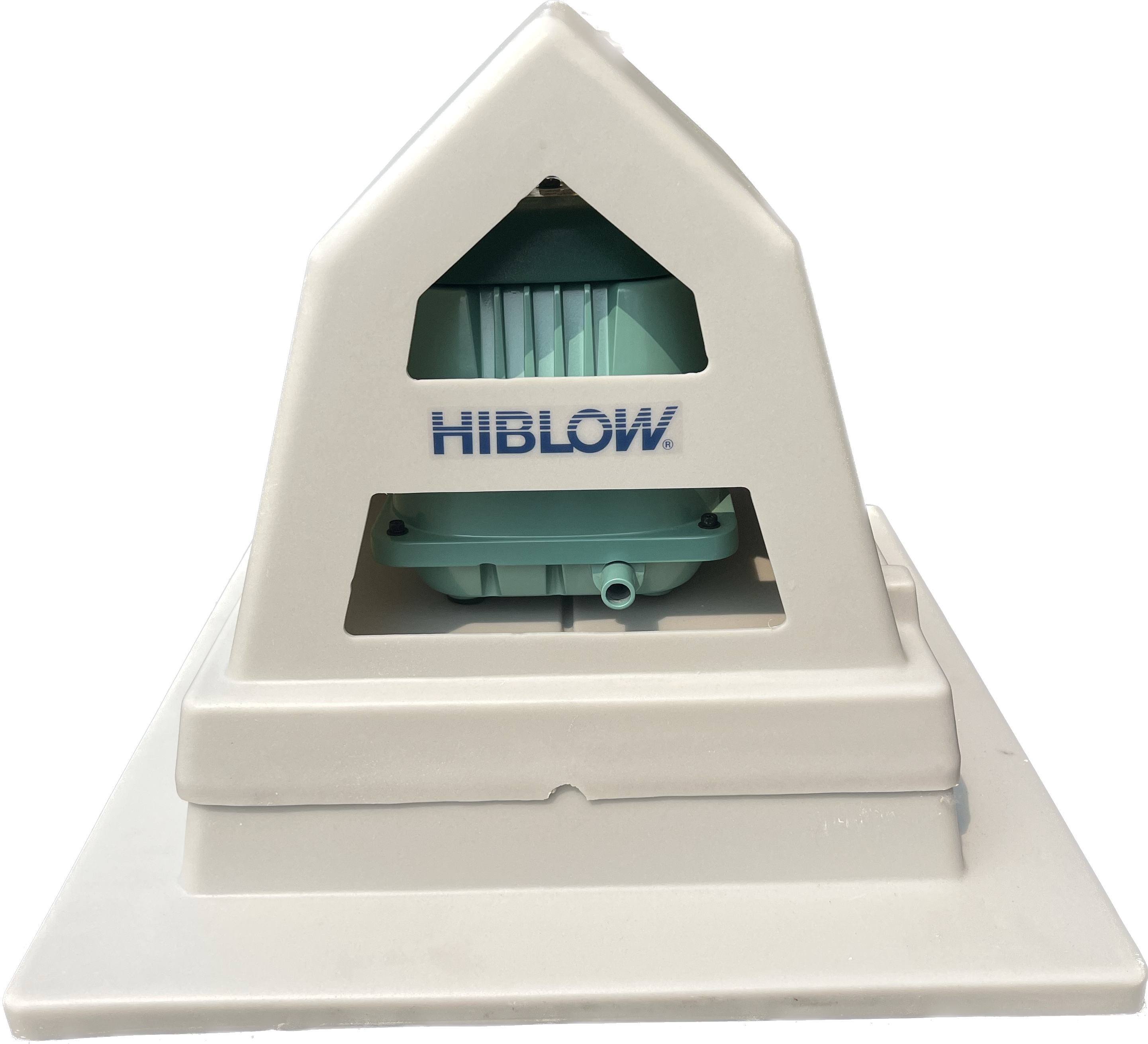
There are various types of enclosures on the market – some that are good for the pump, others that are not. Heat is the enemy of any linear diaphragm air pump, so air circulation is essential to cool it and maximize its life. HIBLOW aerators have aluminum outer housing and outdoor UL – meaning it can stand alone in the elements without cover. Placing the pump in the shade in the open is the best solution. If using an enclosure, buy one with as many open sides as possible, or create air flow by drilling holes and expanding the size of the vents. Clean up the vents and vacuum the inside to ensure clean air is entering the air pump. Also inspect the surrounding area for insects. Red ants are attracted to the diaphragms and can completely suffocate and burn up an air pump.
6. Repairing a linear diaphragm air pump

An aerator is likely the only piece of equipment running 24/7 at your house. Eventually the diaphragms will rupture. the valves inside of the casing blocks (attached to the diaphragms), will also wear. No need to buy a new pump when the diaphragms rupture. Rebuild kits are available and can be installed in 20 minutes with a few tools. We suggest rebuilding the pump 2 times. Kits are available on our website. Inside the product listing is an instruction video. https://shop.hiblow-usa.com/
Over time, especially in hotter climates, gaskets may also deteriorate, especially the lower housing gasket that seals the upper and lower housings. Gasket along with all other spare parts are available on our web shop.
Author: Mike Miner